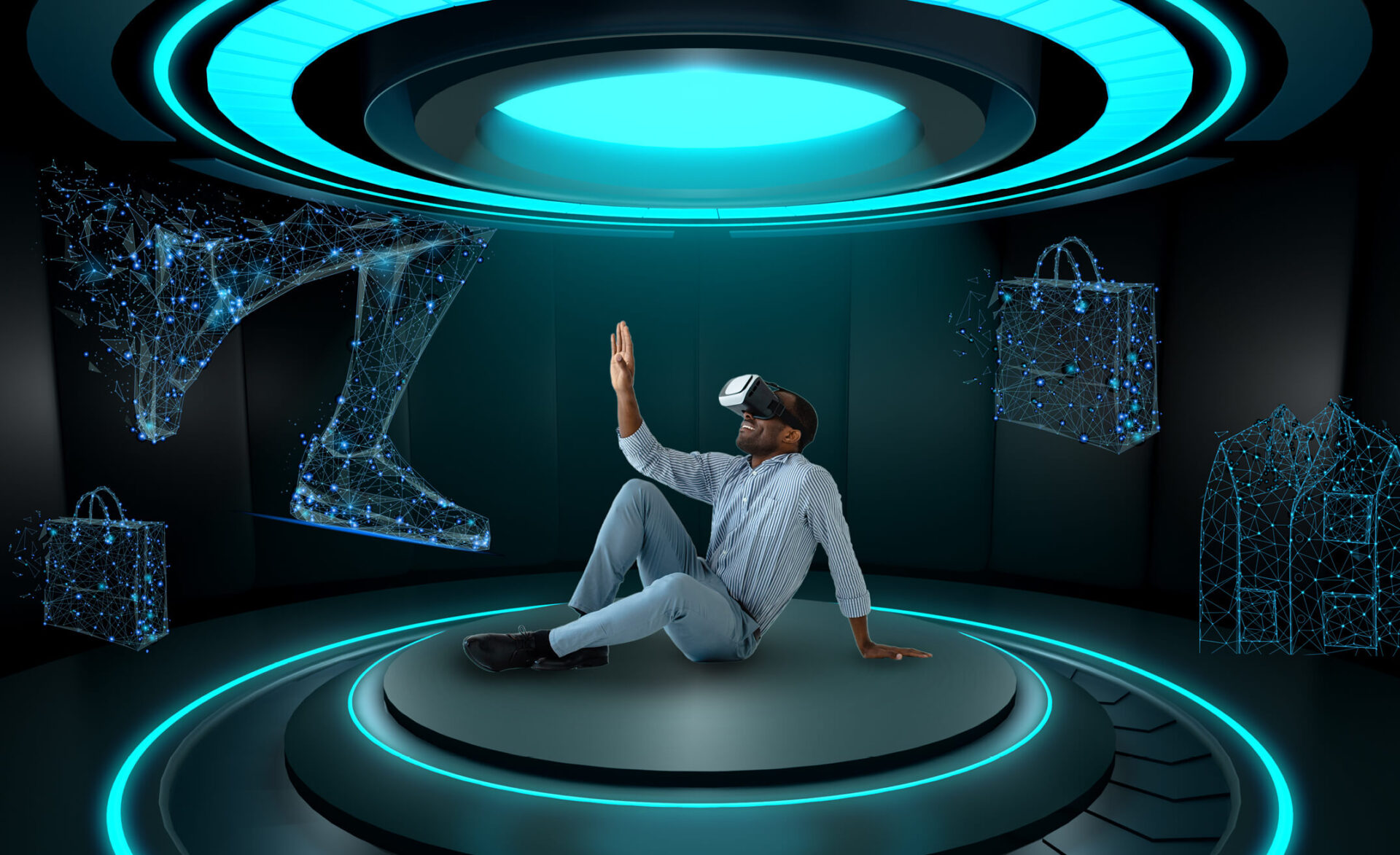From Storefronts to Screens – The Evolution of Retail
Retail has undergone a radical transformation over the past few decades. The primacy of brick-and-mortar storefronts has given way to a digital-centric landscape where screens drive the shopping experience. This evolution continues accelerating as technology reshapes consumer behaviors and preferences.
The Golden Age of Department Stores
During retail’s “golden age” in the mid-20th century, department stores dominated the shopping landscape. Sprawling emporiums like Macy’s, Bloomingdale’s, and Marshall Field’s occupied prime real estate in city centers across America. They offered access to an abundance of merchandise categories all under one roof.
For decades, department stores held sway as the premier shopping destination for American consumers.
The Rise of Suburban Shopping Malls
But by the 1970s, America’s growing car culture fueled a boom in suburban shopping malls located outside city centers with plenty of parking. Now shoppers could visit stores spread across an indoor complex.
Malls quickly became a sociocultural phenomenon. Anchor department stores still played a prominent role but now occupied just a section rather than an entire building. Specialty apparel chains, electronics stores, booksellers, and food courts further enhanced the mall’s appeal as a one-stop shopping and leisure destination.
Malls saw surging foot traffic for decades as consumers embraced this exciting new retail concept. America’s suburbs became dotted with these expansive shopping meccas.
The Emergence of Big Box Retailers
Starting in the 1980s, big box stores like Walmart, Target and Best Buy began springing up with their no-frills warehouse formats. Focusing on value pricing and breadth of selection meant they appealed to bargain-hungry shoppers.
The scaled-up big box model allowed these retailers to exert tremendous purchasing power over suppliers and keep prices low. Smaller mom-and-pop stores struggled to compete. Many were forced to close up shop.
Meanwhile, other big box concepts like home improvement stores, office supply chains and pet superstores reshaped their respective retail categories. The era of super-sized, category-killer stores was in full swing.
The Dotcom Era Arrives
The late 1990s brought the dawn of a new retail era with the rise of e-commerce. Online shopping offered two huge benefits over brick-and-mortar stores: unlimited selection unconstrained by shelf space, and the convenience of buying from home.
Amazon pioneered this space by starting as an online bookseller before expanding into new merchandise categories. Soon scores of “dotcoms” were selling everything from pet supplies to electronics online.
If you need assistance with suspended amazon account, contact us.
Web 2.0 and the Mobile Revolution
In the early 2000s, advanced technologies like broadband internet and smartphones primed e-commerce for massive growth on the back of improved user experiences.
Mobile took convenience to the next level by letting consumers shop and make purchases anytime, anywhere via apps and mobile sites. Adoption of smartphones and tablets soared.
E-commerce began making serious inroads as a retail channel as consumers responded enthusiastically to these user experience upgrades.
The Explosion of Modern E-Commerce
Today, e-commerce accounts for over 20% of total retail sales as improved economics also spur adoption. Free shipping entices buyers, while lower costs compared to physical stores with high rent and staffing needs boost merchant profits.
Advances in fulfillment and delivery through networks like Amazon Prime raise consumer delivery expectations. Innovations in cross-channel capabilities allow for “buy online, pick up in-store” and ship-to-store fulfillment.
The experts at Ecomsellertools.com tell us that savvy retailers are getting ahead of the curve now with forward-looking ecommerce solutions that harness this wave of innovation to stay ahead of customer expectations.
Conclusion
Over its history, retail has continuously reinvented itself through periods of upheaval and opportunity. Today, e-commerce leads the next era of retail evolution. Tomorrow, a new generation of innovations lies on the horizon.
